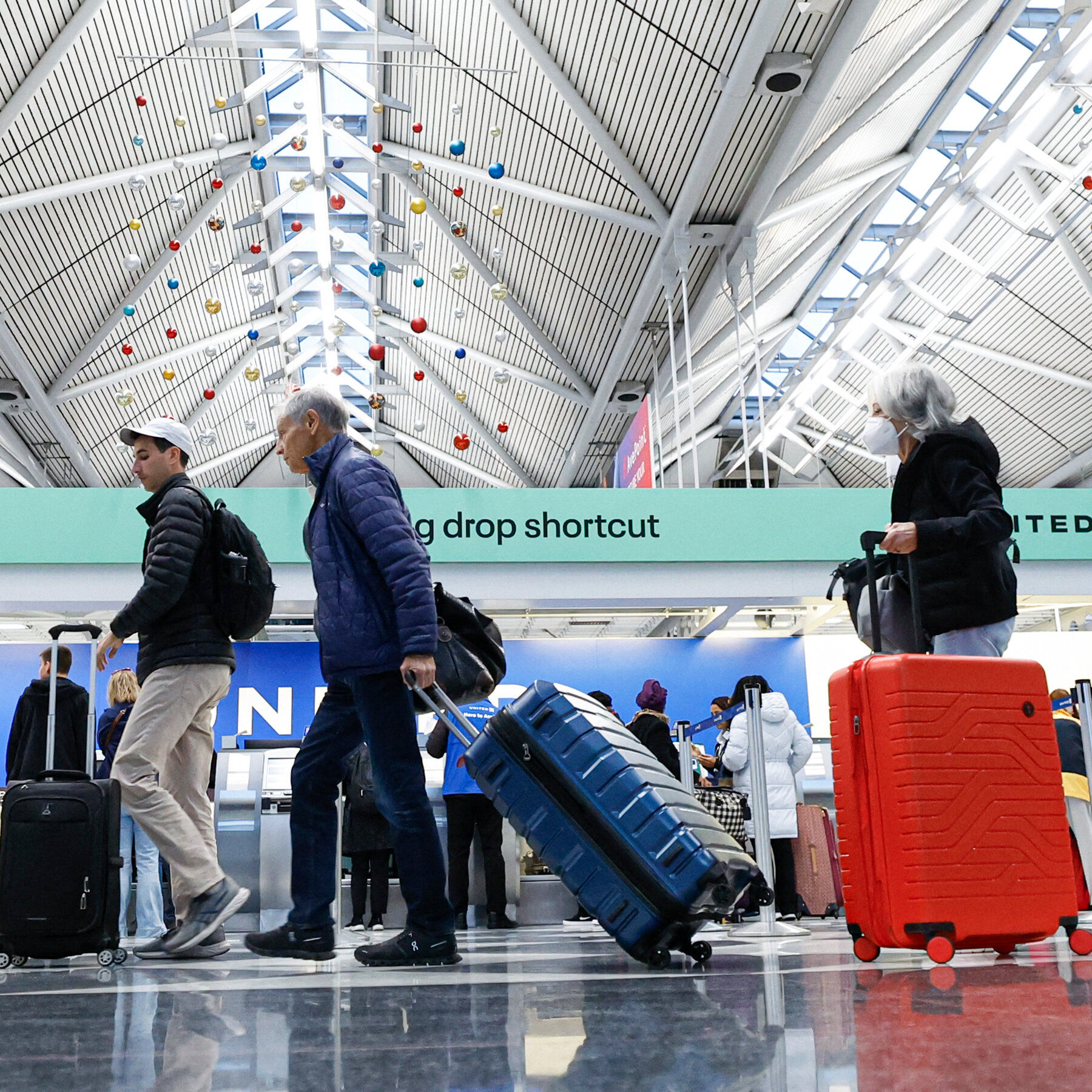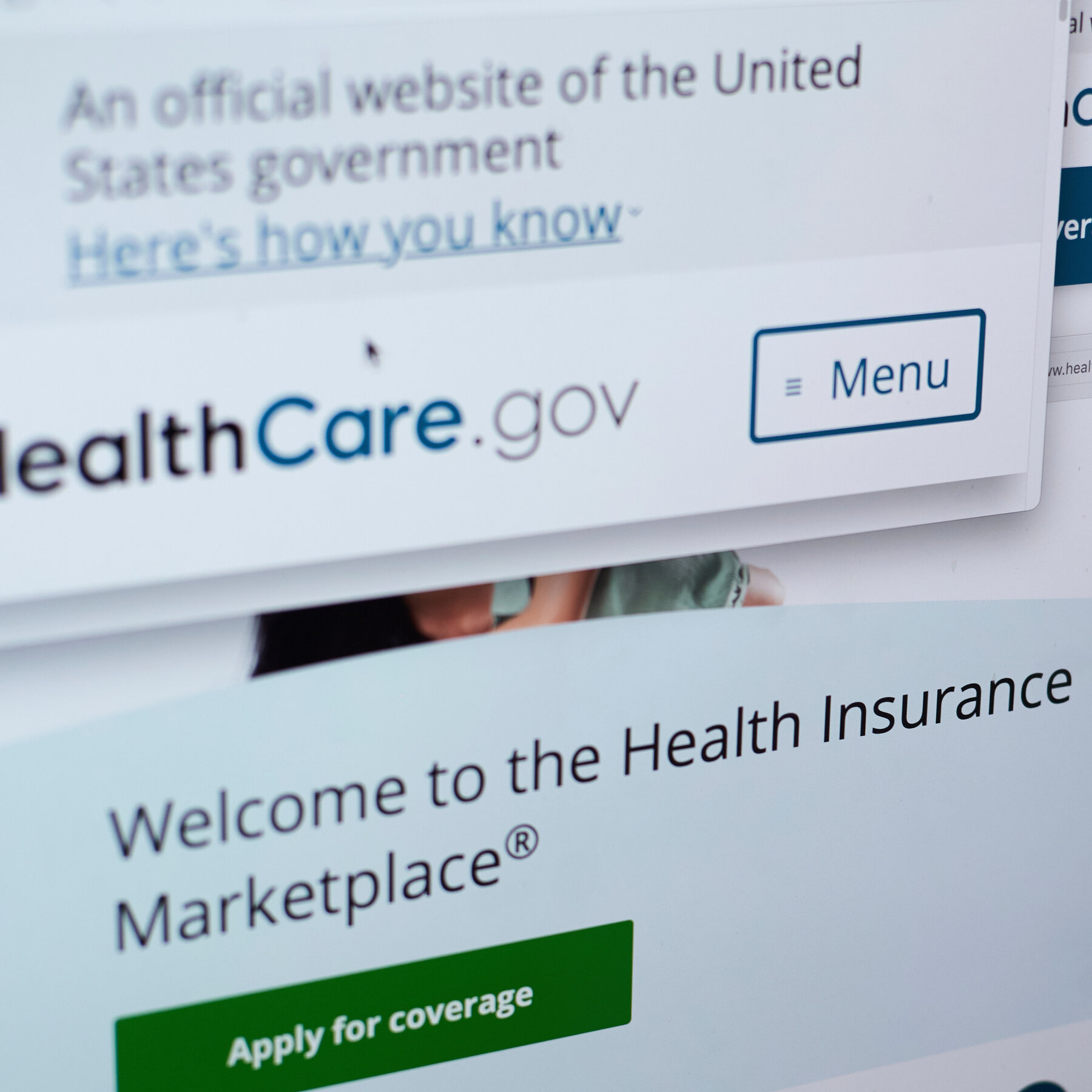Low‑Income Shoppers Tighten Their Belts, Leaving Retailers and Restaurants on Edge
Why the slowdown is happening
Recent delays in Supplemental Nutrition Assistance Program (SNAP) benefits have coincided with a noticeable dip in foot traffic across many neighborhoods. Consumers on tight budgets are cutting back on discretionary purchases, and the ripple effect is being felt by a wide range of businesses.
Retailers feel the pinch
Small‑scale grocers, big‑box chains, and specialty food stores report a drop in sales of 4‑7% this month compared with the same period last year. Many owners say that customers who normally buy snacks, prepared meals, or premium items are now focusing solely on essential staples.
Restaurants scramble to adapt
From fast‑food outlets to family‑run diners, eateries are seeing fewer diners per hour. “We’ve had to trim our menu and offer more low‑cost combos,” says one restaurant manager, noting that the average check size has shrunk by roughly $2.50.
Food producers brace for reduced orders
Manufacturers of packaged foods and fresh produce are adjusting production schedules as wholesale orders dwindle. Some have already scaled back shipments to regional distributors, while others are exploring new pricing strategies to stay competitive.
What businesses are doing
To mitigate the impact, many retailers are:
- Promoting SNAP‑eligible items with clear labeling and in‑store signage.
- Launching limited‑time discounts on staple products.
- Partnering with local food banks to distribute surplus inventory.
Restaurants are:
- Introducing value‑focused meals and “pay‑what‑you‑can” nights.
- Expanding take‑out and delivery options to capture customers who prefer to eat at home.
- Offering SNAP‑friendly coupons for eligible menu items.
Looking ahead
Experts warn that if SNAP benefit delays persist, the downward trend in consumer spending could continue well into the next quarter. Policymakers are urged to expedite benefit processing and consider supplemental relief measures to prevent a deeper economic slump among low‑income households.
In the meantime, businesses are betting on creativity and flexibility to keep their doors open while their most vulnerable customers tighten their belts.







